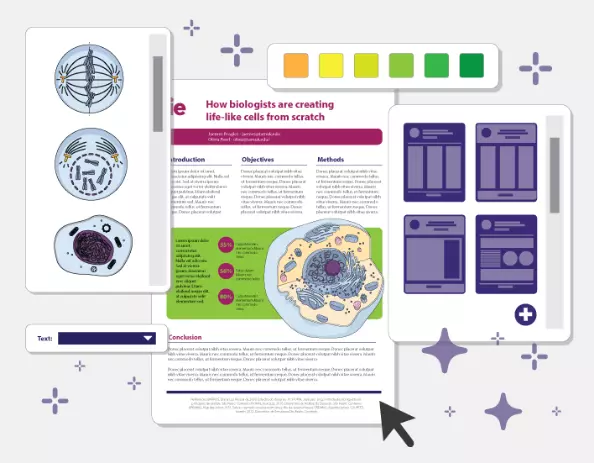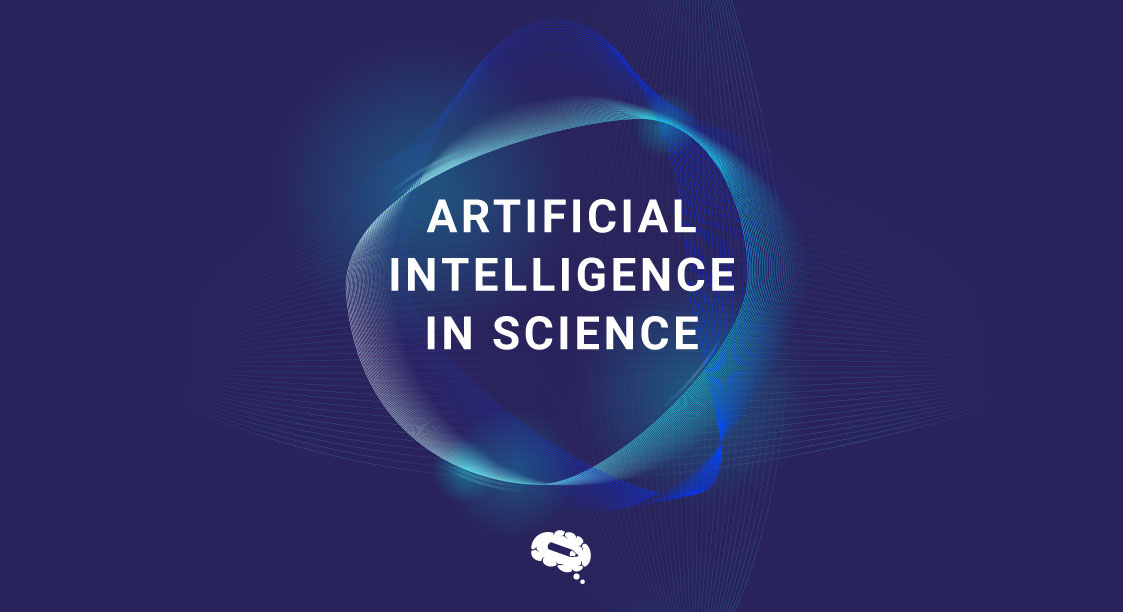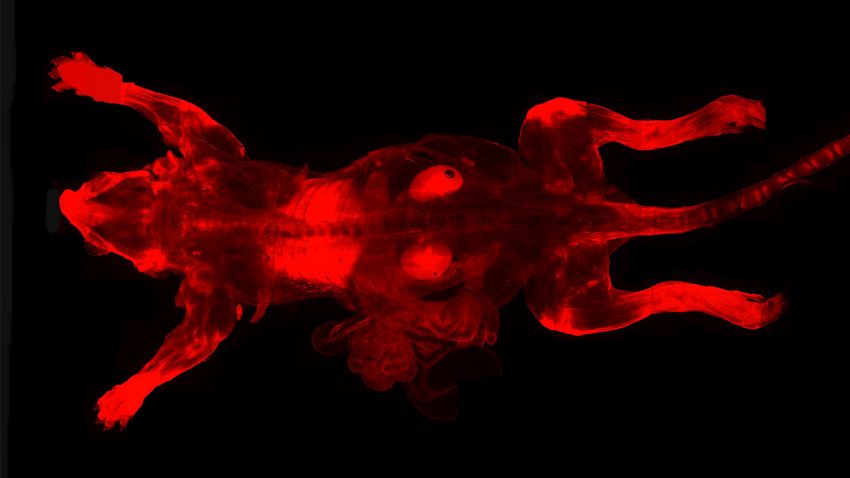A game-changer in various fields, artificial intelligence (AI) has also had an impact on science. Data collection, analysis, and interpretation have been transformed by AI, resulting in more efficient and effective research. As data has grown exponentially in recent years, artificial intelligence in science allows researchers to make sense of increasingly large amounts of information, providing insights that would not have been possible using traditional methods.
There have also been advancements in AI that have allowed routine tasks to be automated, which has freed up scientists’ time so that they can focus on higher-level thinking and creations. Throughout this blog, we will discuss how artificial intelligence in science is being successfully used in a wide variety of fields, from biology and chemistry to physics and astronomy, to name a few.
We will discuss a better understanding of what is happening right now, the challenges we are facing and what is the potential for future advancement. Here’s our take on how AI can advance our understanding of the world around us and help solve some of today’s most pressing scientific challenges.
What is Artificial Intelligence?
In artificial intelligence, machines are designed to act and think like humans in order to simulate human intelligence. Programs and algorithms can already mimic human intelligence by performing tasks such as visual perception, speech recognition, decision-making, and language translation. The technology of artificial intelligence can be divided into two categories: narrow and general.
Narrow and General Artificial Intelligence
The goal of Narrow Artificial Intelligence is to perform a certain task, such as image recognition or language translation, while the function of General Artificial Intelligence is to be able to perform any intellectual task that could be performed by a human.
As AI develops, it has the potential to revolutionize various industries, such as healthcare, finance, and transportation, due to its ability to perform tasks more efficiently and accurately than humans. Meanwhile, AI’s potential impact on privacy and employment is also a concern, so ongoing research is needed to ensure that its development and use are ethical and responsible.
The ultimate tool for science design
Mind the Graph is the perfect tool to create beautiful science designs even if you don’t have any design skills. Just drag and drop elements into the workspace or start working on one of our ready-to-use templates.
In what ways does Artificial Intelligence contribute to science?
The use of artificial intelligence is revolutionizing scientific research today. In various areas of science, artificial intelligence is being used to analyze massive amounts of data, automate routine tasks, and make new discoveries that would have been unimaginable a few years ago. Check what has been discovered so far in some fields of study.
Pharmacology
As a result of the development of artificial intelligence in science, new drugs have been discovered, diseases may be understood, and complex molecular data is being further studied. Genetic data is being processed by AI algorithms to understand the root cause of diseases like cancer and develop effective treatments for them.
New discoveries show that artificial intelligence can be used in drug discovery as a means of predicting the potential properties of drugs, helping to streamline the drug development process as a whole.
Physics and Astronomy
The use of AI in physics has made new discoveries about the fundamental nature of the universe by analyzing data gathered from particle accelerators, telescopes, and other instruments. Scientists are also using artificial intelligence algorithms to simulate the behavior of complex disciplinary systems, which allows them to test their theories and gain a better understanding of the world around them.
The Hubble Space Telescope and other satellite missions use AI to analyze vast amounts of data from telescopes. Celestial objects, such as stars, galaxies, and black holes, are being identified and classified using artificial intelligence algorithms, and their properties and behaviors are also being studied by these algorithms.
Chemistry
There are also many uses of artificial intelligence in chemistry, such as analyzing large datasets, automating routine tasks, and designing new compounds based on the use of AI. It is increasingly common for people to use artificial intelligence algorithms to predict the properties of potential new materials, such as superconductors, as well as to design catalysts that can be used to prepare chemicals for use in chemical reactions.
Science is undergoing a rapid transformation due to artificial intelligence. Artificial intelligence helps scientists to discover new things and advance our understanding of the world by simplifying processes and facilitating data analysis.
How will artificial intelligence in science change things?
New discoveries will be made and complex problems will be solved more efficiently and quickly. A further advantage of AI is its ability to overcome some limitations of traditional research methods, such as the difficulty of simulating complex systems and access to large data sets. The technology will enable researchers to get real-time results from multiple sources and identify patterns that were impossible to detect before.
The application of AI to science has the potential to revolutionize science and will have a significant impact on our understanding of the world. The key to ensuring the ethical and responsible use of artificial intelligence in science is to ensure that its benefits are shared equally by everyone. Using AI responsibly will shape the future of science, and we must ensure that it is used for the greater good.
Take your infographics to the next level with Mind the Graph
It’s that simple, stands out with a great infographic from Mind the Graph. With the right tools and approach, you can effectively communicate your science to a wider audience. Our library contains a wide range of illustrations in more than 80 fields of study. Select the one that best fits your work and create beautiful infographics easily.


Subscribe to our newsletter
Exclusive high quality content about effective visual
communication in science.




